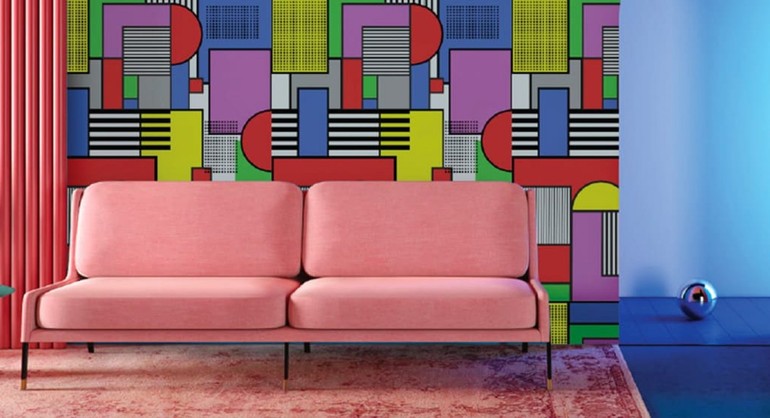Interior design affects mental health
Well-designed interiors can have a positive impact on mental and emotional well-being. Bright, open and harmonious spaces can promote tranquility and reduce stress, while design elements encourage relaxation. Stimulating and creative environments can inspire creativity and productivity. An innovative design can encourage the generation of new ideas, both professionally and personally.
The work of interior designers might seem frivolous to some: for example, people might think that interior designers just create nice things in interior spaces or that their work is not essential, thinking that they simply know how to arrange a room in a way Handsome. However, there is a deeper side to designing people's homes and spaces in general.
Interior design uses knowledge of psychology to improve the emotional impact of spaces. For example, placing seats around the table instead of in front of the TV to encourage communication, opening up some spaces to create a sense of freedom or introducing natural elements to create an optimal atmosphere for relaxation and health. Although the link between interior design and our emotions has gained a lot of attention in the last decade, this form of environmental psychology has existed for thousands of years – such as Indian Vastu Shastra, Chinese Feng Shui, etc.
Thanks to the growth of neuroscience, scientists are conducting a lot of research on this topic and are discovering incredible results. They demonstrated the ability of interior design elements to elicit a positive or negative emotional response in people. These discoveries open the door to designing spaces that consciously manipulate decorative elements with the goal of encouraging creativity, peace and happiness.
In 2019, for example, the Johns Hopkins University School of Medicine's Brain Science Institute developed an exhibition entitled “Space and Being” during the Salone del Mobile in Milan. It was the first time the nascent science of neuroaesthetics was at the center of an influential global design event. In this project, visitors to the exhibition wore special bracelets that measured their physiological responses as they walked through three different room sets. It was a data-driven method to show how design and furnishings can influence biology and well-being.
There are real psychological effects that can occur from decorating your space. There is also scientific evidence of this. For example, one study found that college students were able to study better depending on the color of their common hallway.
But it's not just about studying: furniture has an effect on happiness, attitudes and even the temperature in a given space. So with this in mind, we decided to do some research and have gathered the most important aspects to take into consideration when trying to optimize our spaces to improve our health.
One of the most influential elements of design on mental health is color, which can dramatically alter your mood depending on the main color used in a room. Just as the promotion of mental health and clarity through interior design dates back thousands of years, color therapy (also known as chromotherapy or color medicine) is as old as any other medicine, with a history dating back centuries does.
There is research indicating that color spectrums can even affect different parts of the body. This means that its physical and mental effects are essential.
Interior researchers and designers have continued to review and revise their positions on the effects of color. In addition to the psychological traits and benefits attributed to colors, the saturation and brightness of each color are significant components in their emotional powers. Saturation refers to the purity of the color.
For example, less saturated colors have more gray or black. Steel blue is less saturated than true blue.
Brightness is based on the amount of white in the color, or how light a color appears. Bright colors are less saturated. These lighter, paler tones can have a relaxing effect. For example, bright red is associated with anxiety, but a pale pink, less saturated and brighter, is a reassuring color.
Deeply saturated, less luminous colors, like emerald green, can feel intense or energizing.
There is no one-size-fits-all approach to improving mental well-being. What works for one person may not work for you. However, there is no doubt that happiness begins at home, and indoors.
Nicole CArter
Article published in the 'Spring 2024' issue of Millionaire






